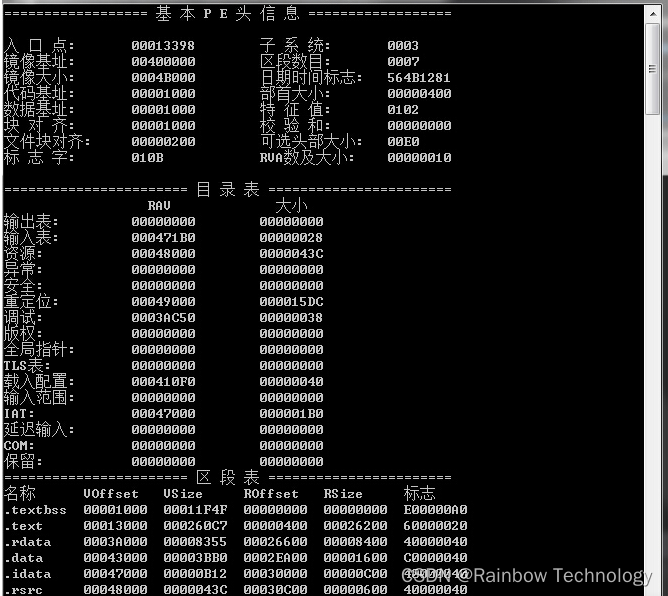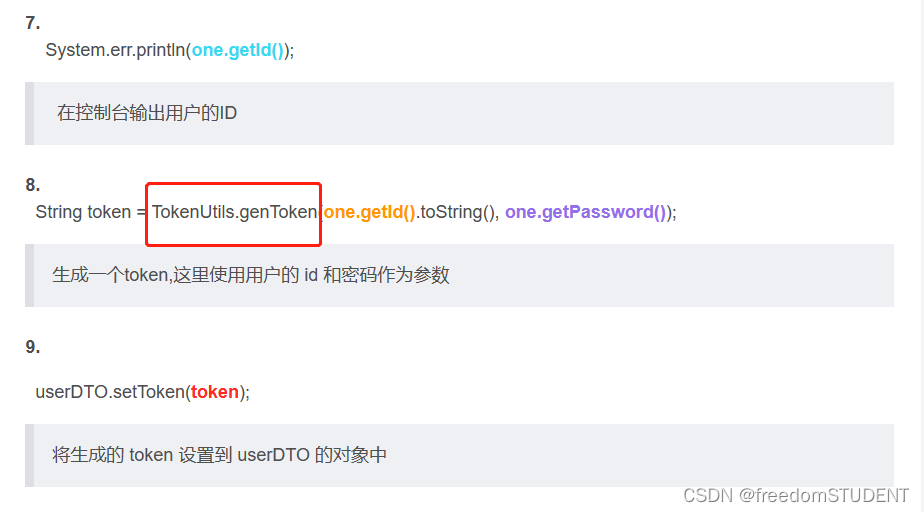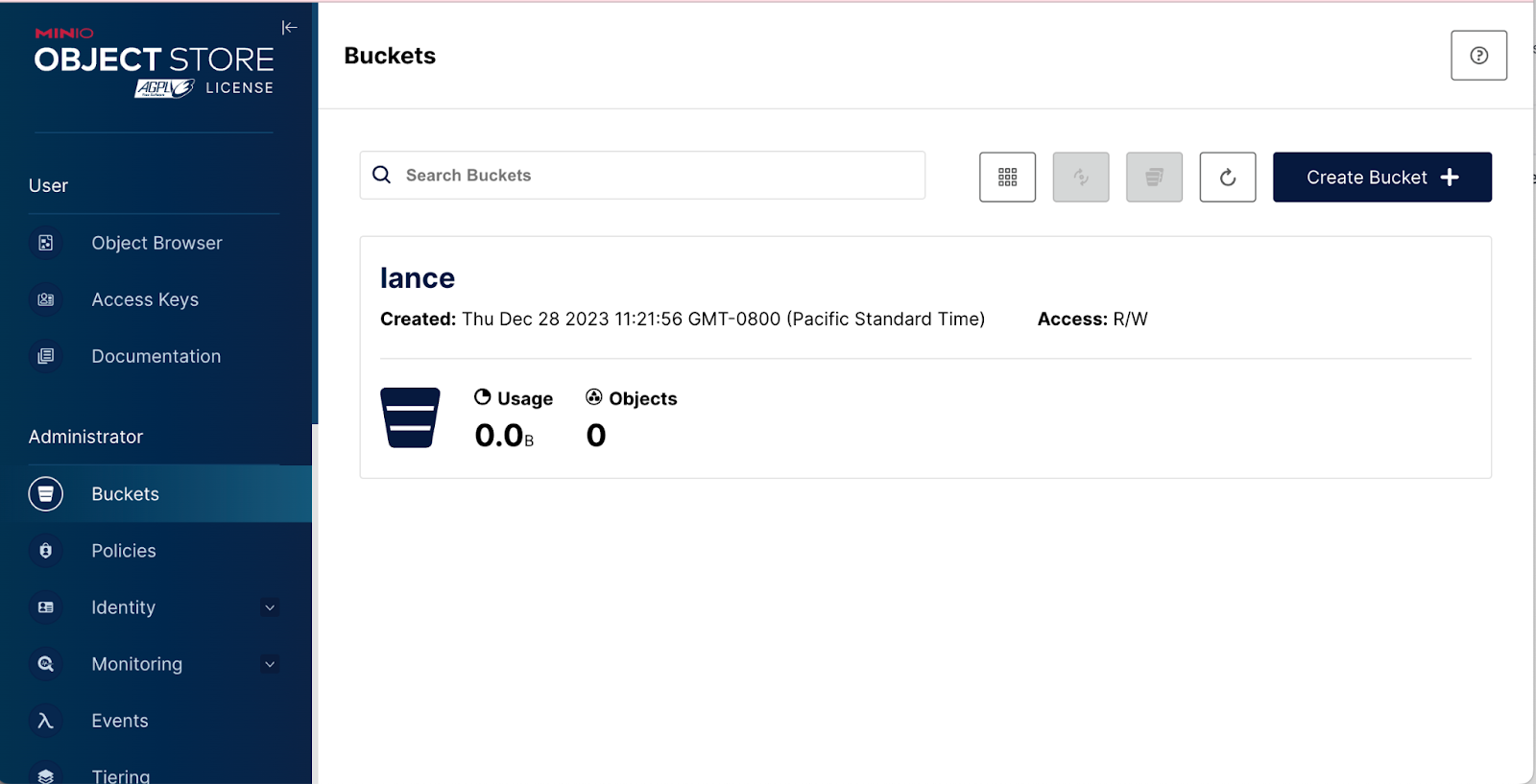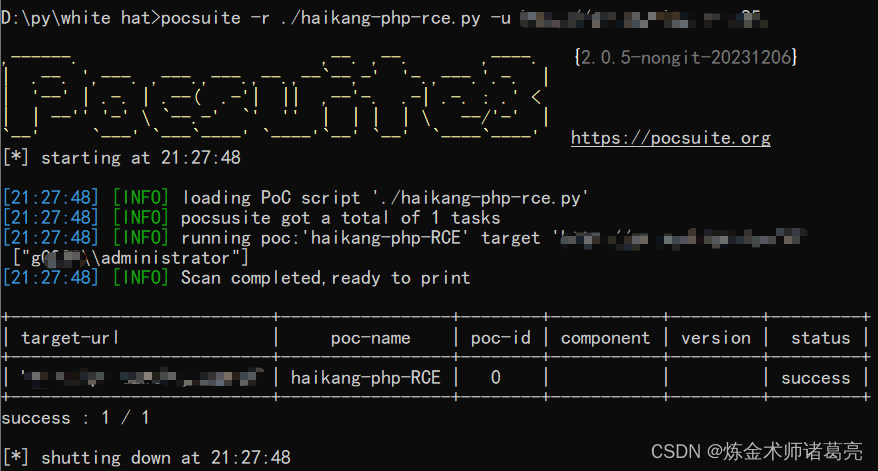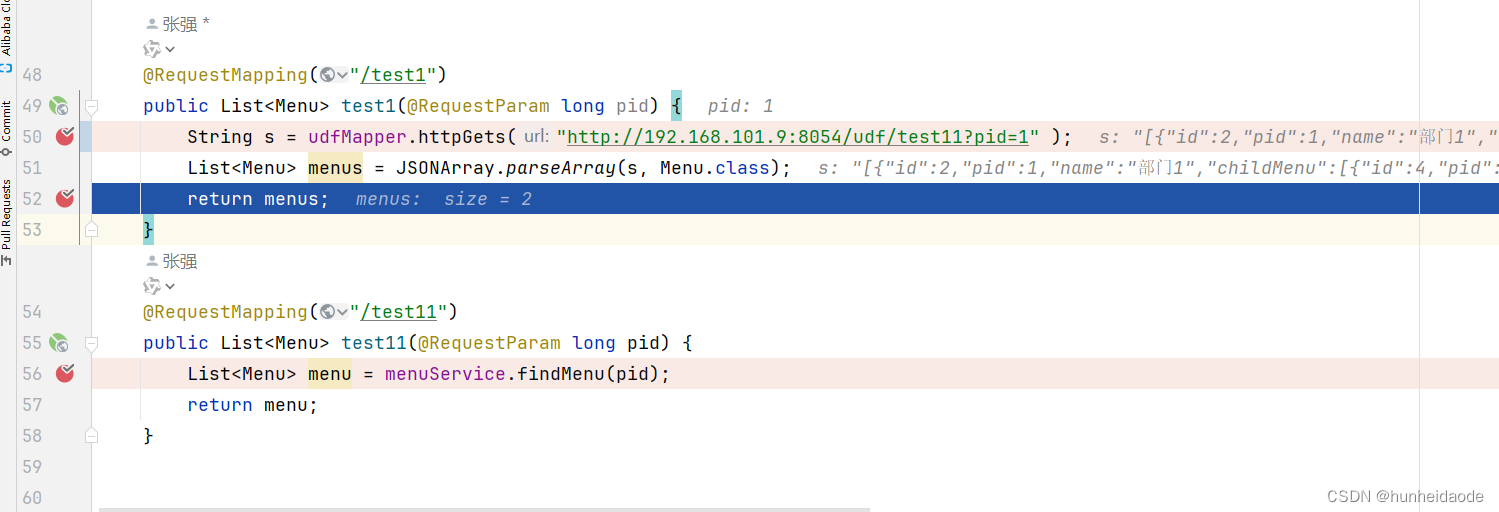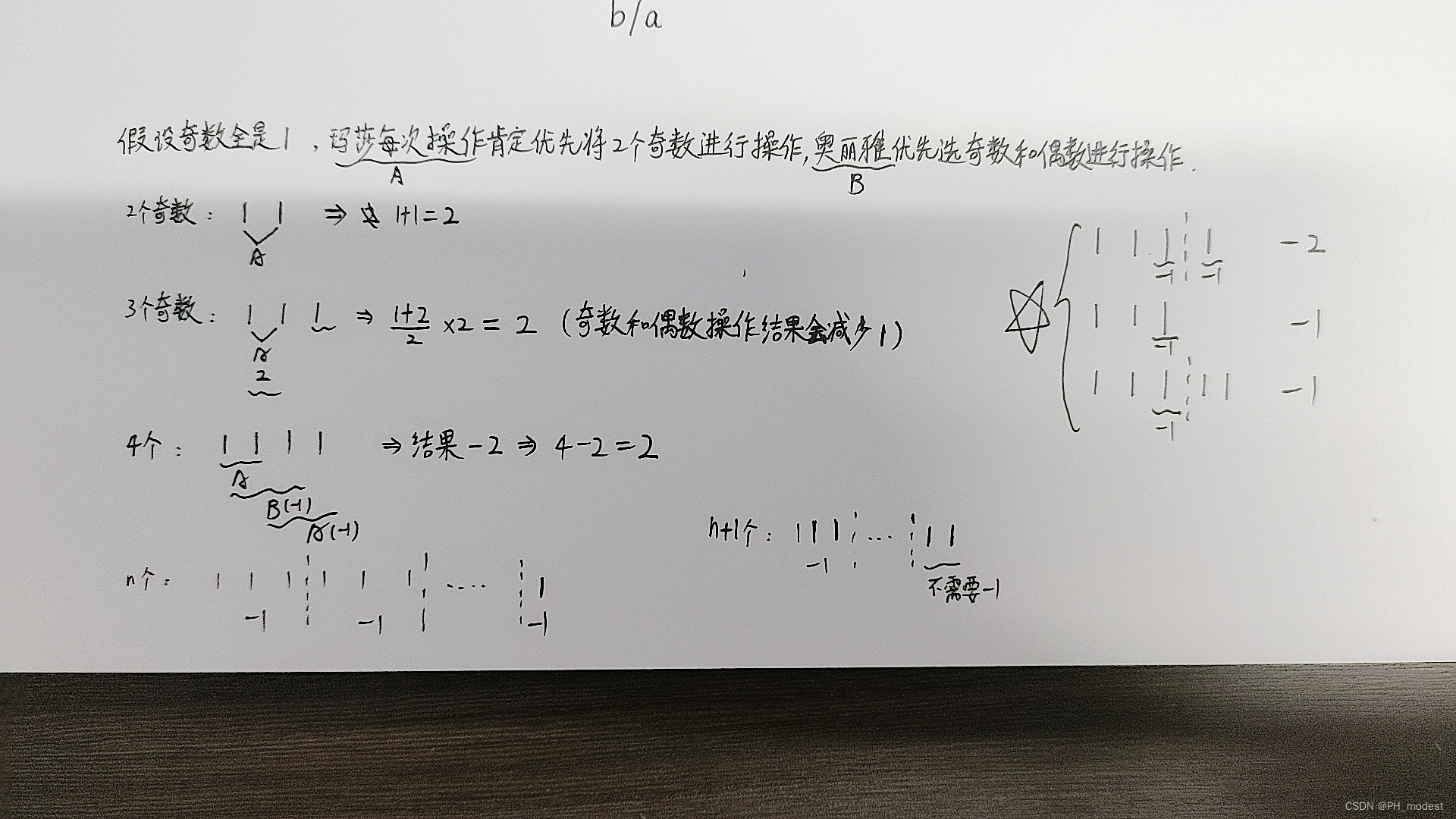提示:文章写完后,目录可以自动生成,如何生成可参考右边的帮助文档
文章目录
- 一、类的封装的多文件实现回顾
- 二、文件操作
- 1.对文件进行操作需要头文件<fstream>
- 2.操作文件的三大类方法:读、写、读写
- 三、实现文本文件的读、写、读写
- 1.读操作
- 2.写操作
- 四、读写二进制文件
- 1.读取二进制文件
- 2.写入二进制文件
- 五、常用的文件操作成员函数
一、类的封装的多文件实现回顾
假设我们有一个名为Person的类,它包含一个私有成员变量name和一个公共成员函数setName()和getName(),用于设置和获取name的值。我们将在Person.h文件中声明这个类,然后在Person.cpp文件中实现它。
重点:.h文件声明函数和变量。.c在类的作用域下实现函数定义
Person.h:
#ifndef PERSON_H
#define PERSON_H#include <string>class Person {
public:void setName(const string& name);std::string getName() const;private:std::string name;
};#endif
Person.cpp:
#include "Person.h"void Person::setName(const string& name) {this->name = name;
}string Person::getName() const {return name;
}
在上面的代码中,我们在Person.h文件中声明了Person类,并在Person.cpp文件中实现了它。注意,我们使用了头文件保护来防止多次包含同一个头文件。
现在,我们可以在另一个文件中使用Person类,只需要包含Person.h头文件即可。
main.cpp:
#include <iostream>
#include "Person.h"int main() {Person person;person.setName("Tom");std::cout << "Name: " << person.getName() << std::endl;return 0;
}
在上面的代码中,我们包含了Person.h头文件,并创建了一个Person对象。然后,我们使用setName()函数设置name的值,并使用getName()函数获取它的值。
、
二、文件操作
程序运行时产生的数据是临时数据,我们想让数据持久化,就可以通过文件来实现。
1.对文件进行操作需要头文件
文件两种类型:
1.文本文件:ASCII码的形式存储
2.二进制文件:二进制形式存储,打开文件无法直接读懂
2.操作文件的三大类方法:读、写、读写
这里涉及到三个类:
读文件是指从文件中读取数据。可以使用ifstream类来读取文件。
写文件是指向文件中写入数据。可以使用ofstream类来写入文件。
读写文件是指同时读取和写入文件。可以使用fstream类来读写文件。
三、实现文本文件的读、写、读写
1.读操作
步骤如下:
①引入头文件:
#include <fstream>
②实例化一个ifstream类的对象
ifstream ifs;
ifs.open("文件路径", 打开方式);
③读数据:
#include <iostream>
#include <fstream>
#include <string>int main() {ifstream rfile;rfile.open("example.txt");if (rfile.is_open()) {string line;while (getline(rfile, line)) {cout << line << endl;}rfile.close();}else {cout << "Unable to open file" << endl;}return 0;
}
使用ifstream类打开了一个名为example.txt的文件,并使用getline()函数逐行读取文件内容。如果文件打开成功,我们将逐行输出文件内容,否则输出错误消息。
2.写操作
步骤如下:
①引入头文件:
#include <fstream>
②实例化一个ofstream类的对象并打开指定的文件
ofstream ofs;
ofs.open("文件路径", 打开方式);
③往文件里面写数据:
ofs<<"要写入的数据";
④关闭文件
ofs.close();
全例:
#include <iostream>
#include <fstream>
using namespace std;int main() {ofstream wfile;wfile.open("example.txt",ios::out);if (wfile.is_open()) {wfile << "Hello, world!" << endl;wfile <<"666" endl;wfile.close();}else {cout << "Unable to open file" << endl;}return 0;
}
运行后,会在vs的同级目录下生成一个文件夹,并把写入的内容显示出来。

四、读写二进制文件
在C++中,可以使用fstream类来读写二进制文件。fstream类是一个通用的文件流类,可以用于读写文本文件、二进制文件等。
1.读取二进制文件
要读取二进制文件,可以使用ifstream类,它是fstream类的派生类,专门用于读取文件。以下是一个简单的读取二进制文件的示例:
#include <iostream>
#include <fstream>int main() {ifstream file("example.bin", ios::binary);if (file.is_open()) {char buffer[100];file.read(buffer, sizeof(buffer));file.close();}else {cout << "Unable to open file" << endl;}return 0;
}
在上面的代码中,我们使用ifstream类打开了一个名为example.bin的二进制文件,并使用read()函数读取文件内容到一个字符数组中。如果文件打开成功,我们将读取文件内容,否则输出错误消息。
2.写入二进制文件
要写入二进制文件,我们可以使用ofstream类,它也是fstream类的派生类,专门用于写入文件。以下是一个简单的写入二进制文件的示例:
#include <iostream>
#include <fstream>int main() {ofstream file("example.bin", ios::binary);if (file.is_open()) {char buffer[] = "Hello, world!";file.write(buffer, sizeof(buffer) - 1);file.close();}else {cout << "Unable to open file" << endl;}return 0;
}
在上面的代码中,我们使用ofstream类打开了一个名为example.bin的二进制文件,并使用write()函数将数据写入文件中。如果文件打开成功,我们将写入一段数据,否则输出错误消息。
五、常用的文件操作成员函数
在C++中,文件操作的fstream类提供了一些常用的成员函数,用于读写文件。以下是一些常用的成员函数:
open():打开文件。
void open(const char* filename, ios_base::openmode mode);
filename是要打开的文件名,mode是打开文件的模式,可以是ios::in(读取模式)、ios::out(写入模式)、ios::app(追加模式)、ios::binary(二进制模式)等。
close():关闭文件。
void close();
关闭当前打开的文件。
is_open():检查文件是否打开。
bool is_open();
返回一个布尔值,表示文件是否打开。
read():从文件中读取数据。
istream& read(char* buffer, streamsize count);
buffer是存储读取数据的缓冲区,count是要读取的字节数。该函数会从文件中读取指定字节数的数据,并将其存储到缓冲区中。
write():向文件中写入数据。
ostream& write(const char* buffer, streamsize count);
buffer是要写入的数据的缓冲区,count是要写入的字节数。该函数会将指定字节数的数据从缓冲区写入到文件中。
seekg():设置读取位置。
istream& seekg(streampos pos);
istream& seekg(streamoff offset, ios_base::seekdir dir);
pos是要设置的绝对位置,offset是要设置的相对位置的偏移量,dir是相对位置的方向(ios::beg表示从文件开头计算,ios::cur表示从当前位置计算,ios::end表示从文件末尾计算)。
seekp():设置写入位置。
ostream& seekp(streampos pos);
ostream& seekp(streamoff offset, ios_base::seekdir dir);
pos是要设置的绝对位置,offset是要设置的相对位置的偏移量,dir是相对位置的方向(ios::beg表示从文件开头计算,ios::cur表示从当前位置计算,ios::end表示从文件末尾计算)。
tellg():获取读取位置。
streampos tellg();
返回当前的读取位置。
tellp():获取写入位置。
streampos tellp();
返回当前的写入位置。
